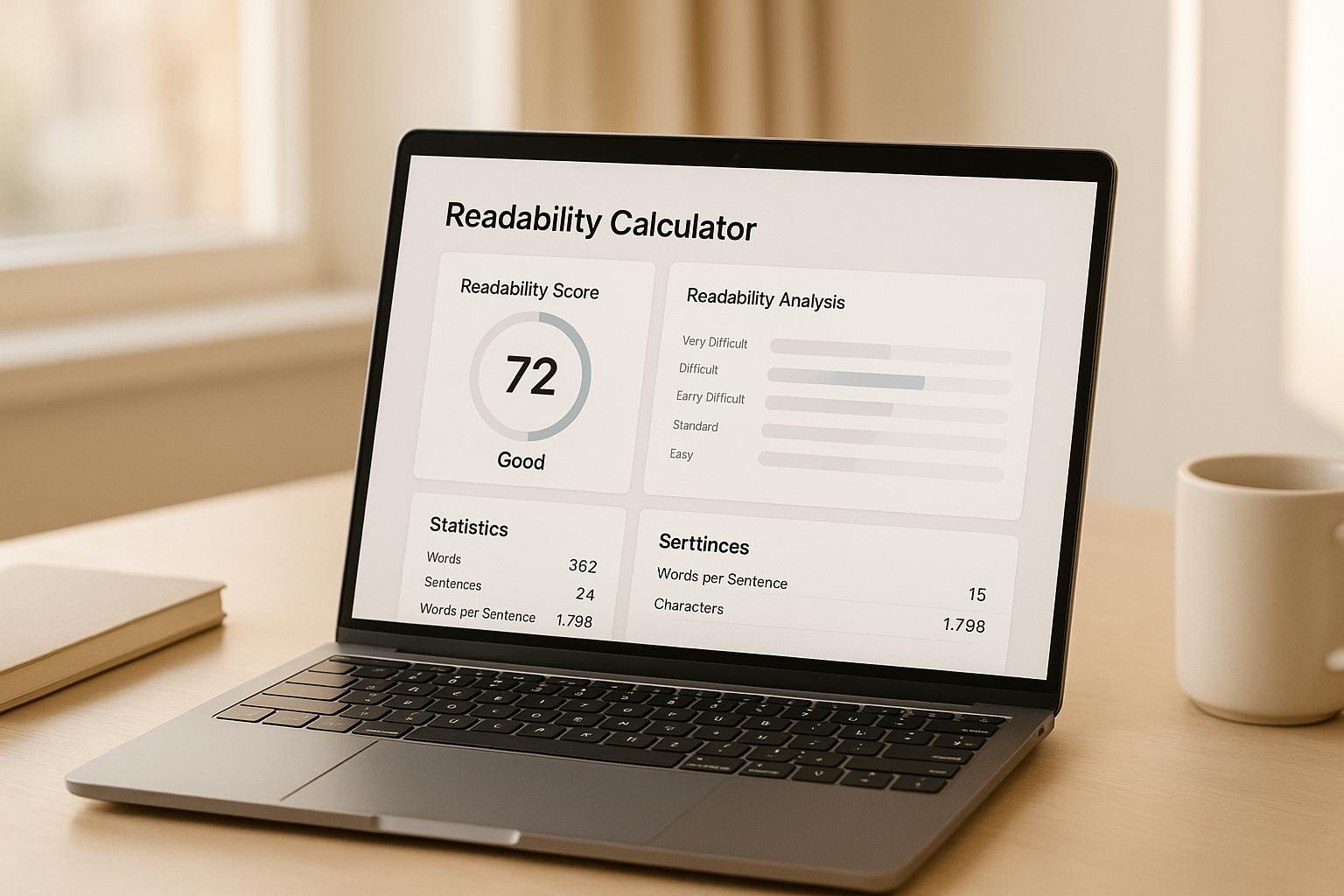

A/B Testing and SEO: Balancing Growth and Rankings

A/B Testing and SEO: Balancing Growth and Rankings
 22-01-2025 (Last modified: 21-05-2025)
22-01-2025 (Last modified: 21-05-2025)
Introduction
A/B testing is an invaluable tool for improving user experience and conversions. But when it comes to SEO, things can get a bit tricky. After all, you don’t want to risk tanking your search rankings while experimenting with variations. So, how do you strike the perfect balance between A/B testing and SEO? In this guide, we’ll dive deep into the relationship between these two essential elements of digital marketing and provide actionable insights to keep your site optimized on all fronts.
What Is A/B Testing, and How Does It Relate to SEO?
A/B testing involves creating two versions of a webpage (Version A and Version B) and splitting your audience to see which performs better. While it’s a fantastic way to optimize for user behavior, it can unintentionally impact your SEO if not executed carefully.
Search engines like Google value consistency, user experience, and relevance. Running poorly planned tests or ignoring SEO best practices can lead to issues such as duplicate content, slower page speeds, or incorrect indexing.

SEO Benefits of A/B Testing
When done right, A/B testing can actually improve your SEO strategy. Here’s how:
- Improved User Metrics: Testing elements like CTAs, headlines, or layouts can boost dwell time and reduce bounce rates—metrics Google considers when ranking your site.
- Enhanced Page Speed: Testing faster-loading designs can not only improve conversions but also give your site an SEO boost.
- Optimized Content: By testing variations of meta descriptions or headers, you can create more compelling content that improves click-through rates from search engine results pages (SERPs).
Common SEO Risks in A/B Testing
To balance A/B testing and SEO effectively, you need to be aware of potential risks:
1. Duplicate Content
When you’re running two versions of a page, search engines might view them as duplicate content.
Solution: Use canonical tags to tell search engines which version is the primary page.
2. Cloaking
Cloaking occurs when search engines and users see different versions of a page, which can violate Google’s guidelines.
Solution: Ensure that all users—including bots—see the same content.
3. Page Speed
Testing scripts or poorly optimized variations can slow down your site.
Solution: Optimize your testing setup to minimize additional load times. Tools like PageTest.ai can help streamline this process.

Best Practices for A/B Testing and SEO
Follow these best practices to ensure your A/B testing efforts complement your SEO strategy:
1. Use Rel=Canonical Tags
Canonical tags help search engines understand which version of the page is the original. Apply them to the control version (Version A) during testing.
2. Keep Tests Short
Avoid running tests for months. The longer the test, the higher the risk of confusing search engines or impacting your rankings. Two to four weeks is usually sufficient for gathering statistically significant data.
3. Optimize for Mobile
Google uses mobile-first indexing, so always ensure your A/B tests are optimized for mobile devices. Test variations like button sizes or mobile layouts to improve both user experience and rankings.
4. Focus on High-Traffic Pages
When testing, prioritize pages that receive significant organic traffic. Small improvements on high-traffic pages can lead to substantial gains in both conversions and SEO.
5. Avoid Redirect Chains
If you’re using redirects to serve variations, avoid chaining them, as this can hurt page load speed and confuse search engines.
Examples of A/B Testing for SEO
1. Meta Descriptions
Test different versions of your meta description to see which improves click-through rates on SERPs.
Example:
- Version A: “Discover the best hiking trails in your area. Plan your next adventure today.”
- Version B: “Find top-rated hiking trails near you. Start exploring with our guide.”
2. Title Tags
Title tags are crucial for both SEO and user engagement. Testing variations can help you find the right balance.
Example:
- Version A: “10 Easy Tips to Improve Your Fitness Today”
- Version B: “Get Fit Now: 10 Tips for a Healthier Lifestyle”
3. Structured Data
Experiment with adding rich snippets or schema markup to enhance your search listings. Test whether star ratings, FAQs, or breadcrumbs improve click-through rates.

Tools to Support A/B Testing and SEO
Here are some tools to help you balance A/B testing and SEO effectively:
- PageTest.ai: Offers seamless A/B testing with minimal SEO risks, ensuring your site stays optimized.
- Google Search Console: Use it to monitor organic traffic and indexing issues during testing.
- Screaming Frog: Check for duplicate content or issues with canonical tags.
How to Measure the SEO Impact of A/B Testing
While conversions are often the primary focus of A/B testing, tracking SEO metrics is equally important. Here’s what to monitor:
- Organic Traffic: Use Google Analytics to track changes in organic visits to your site.
- Click-Through Rate (CTR): Monitor changes in CTRs from SERPs for tested pages.
- Bounce Rate: A decrease in bounce rate often signals an improved user experience.
- Time on Page: Increased dwell time suggests that users find your content more engaging.
- Search Rankings: Check for fluctuations in rankings during and after testing.
Common Missteps to Avoid
- Testing Multiple SEO Elements Simultaneously
- Testing too many elements at once can make it difficult to identify which change influenced the results.
- Ignoring Statistical Significance
- Draw conclusions only when you’ve reached a sufficient sample size to avoid inaccurate results. Learn more about statistical approaches in A/B testing here.
- Neglecting User Intent
- Focus on changes that align with user needs and search intent. Misaligned tests can improve metrics but harm user satisfaction.
Pro Tips for Combining A/B Testing and SEO
- Document Everything: Use an A/B testing calendar to track your experiments and ensure no overlap. Learn how to create a testing calendar here.
- Segment Your Audience: Analyze results by organic traffic, device type, and other segments to gain deeper insights.
- Iterate Continuously: Use successful tests to inform future experiments and build a cycle of continuous improvement.
Conclusion: A Balanced Approach
A/B testing and SEO don’t have to be at odds. By following best practices, understanding potential risks, and leveraging the right tools, you can create experiments that enhance both user experience and search engine visibility. Remember to plan carefully, document your efforts, and prioritize changes that benefit both metrics.
With the right strategy, you can unlock the full potential of A/B testing without compromising your hard-earned rankings. Now, what’s your next experiment?
Q&A: A/B Testing and SEO
Can A/B testing affect SEO?
Yes, if done incorrectly. It can cause duplicate content, cloaking, or slower page speeds—all of which hurt rankings.
How can I prevent SEO issues during A/B testing?
Use canonical tags, serve the same content to bots and users, and keep tests short to avoid confusing search engines.
Is A/B testing good for SEO?
Absolutely—if done right. It can improve user metrics like bounce rate and dwell time, which Google loves.
What SEO elements can I A/B test?
Try testing meta descriptions, title tags, and structured data to improve click-through rates from search results.
What’s the best tool for safe SEO testing?
PageTest.ai helps you A/B test without messing up your SEO. Win-win.
say hello to easy Content Testing
try PageTest.AI tool for free
Start making the most of your websites traffic and optimize your content and CTAs.
Related Posts

 06-12-2025
06-12-2025
 Ian Naylor
Ian Naylor
Content Readability Calculator for Clarity
Check your text’s readability with our free calculator! Get Flesch-Kincaid and SMOG scores, plus tips to improve clarity for your audience.

 04-12-2025
04-12-2025
 Ian Naylor
Ian Naylor
SEO Keyword Density Checker Made Easy
Analyze keyword frequency with our free SEO Keyword Density Checker. Ensure your content is optimized and avoid overstuffing penalties!

 02-12-2025
02-12-2025
 Ian Naylor
Ian Naylor
Website Speed Test for Instant Insights
Test your website speed with our free tool! Enter a URL to get instant insights on load time, TTFB, and more. Optimize your site today!
